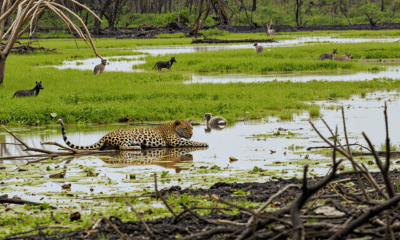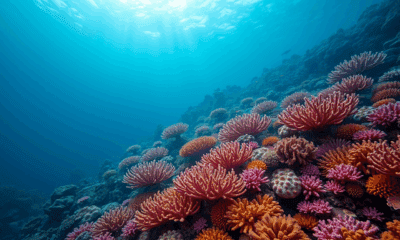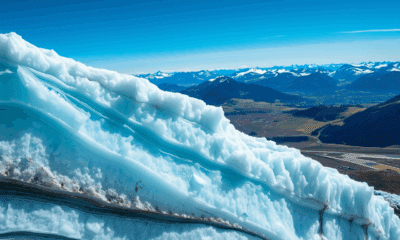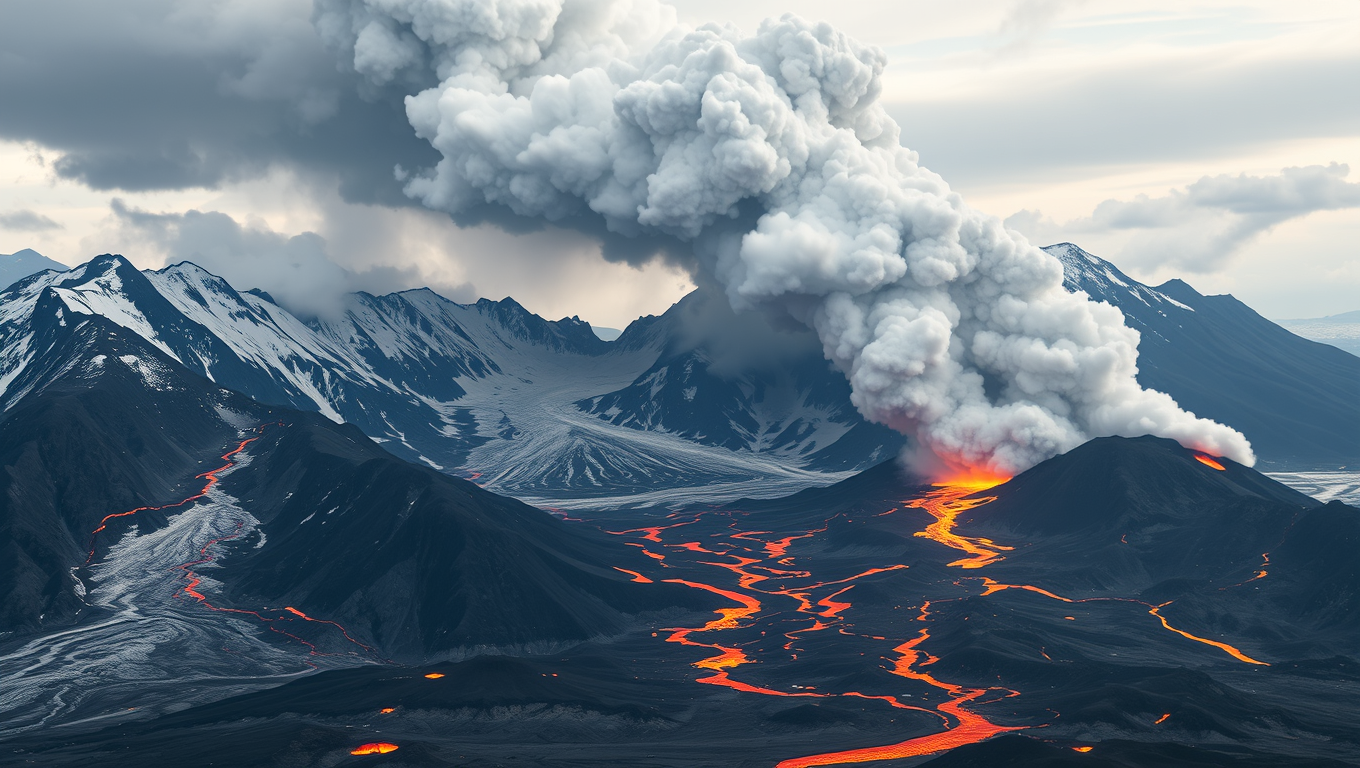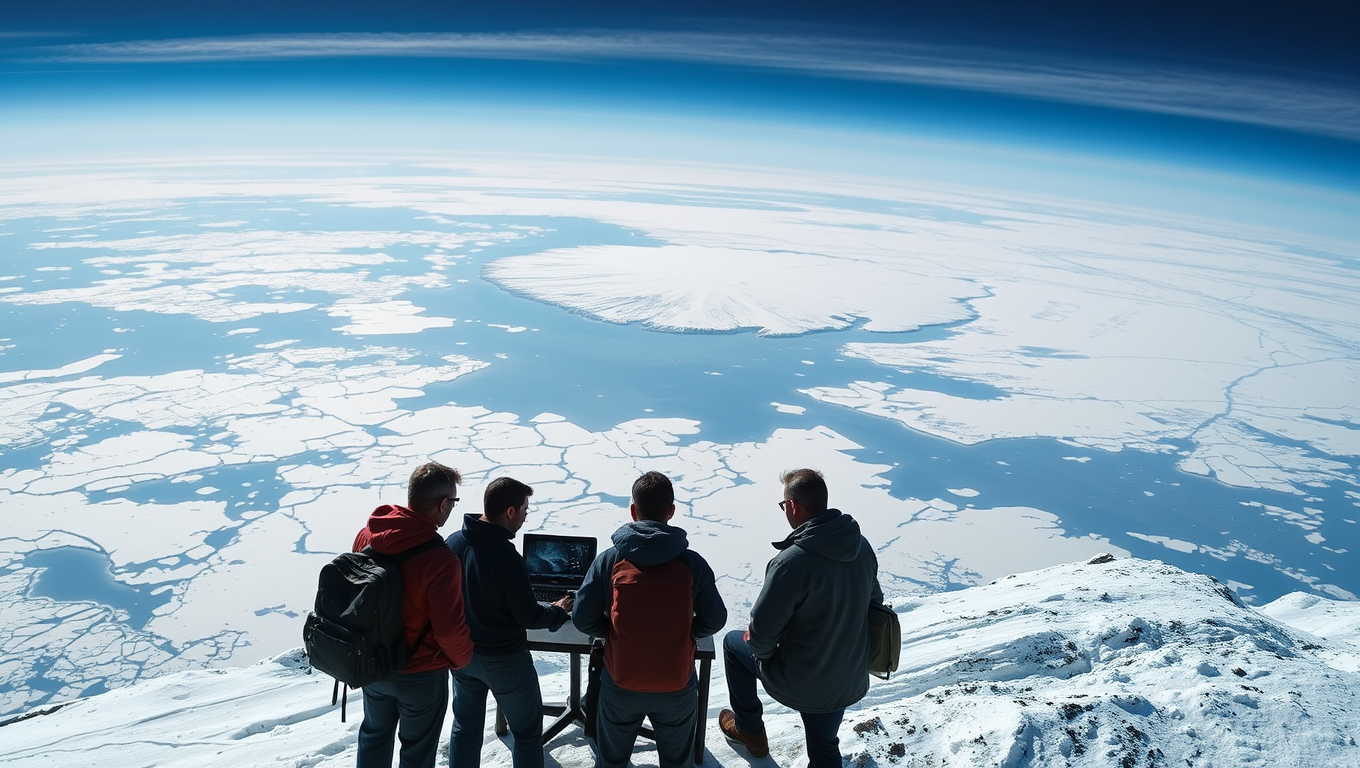While we try to keep things accurate, this content is part of an ongoing experiment and may not always be reliable.
Please double-check important details — we’re not responsible for how the information is used.
Climate
The Polar Vortex Connection: How a Swirling Mass of Wind Miles Above Earth Drives UK Winter Storms
Powerful winter storms which led to deaths and power outages in the UK and Ireland were made more likely by an intense swirling vortex of winds miles above the Arctic, say scientists.
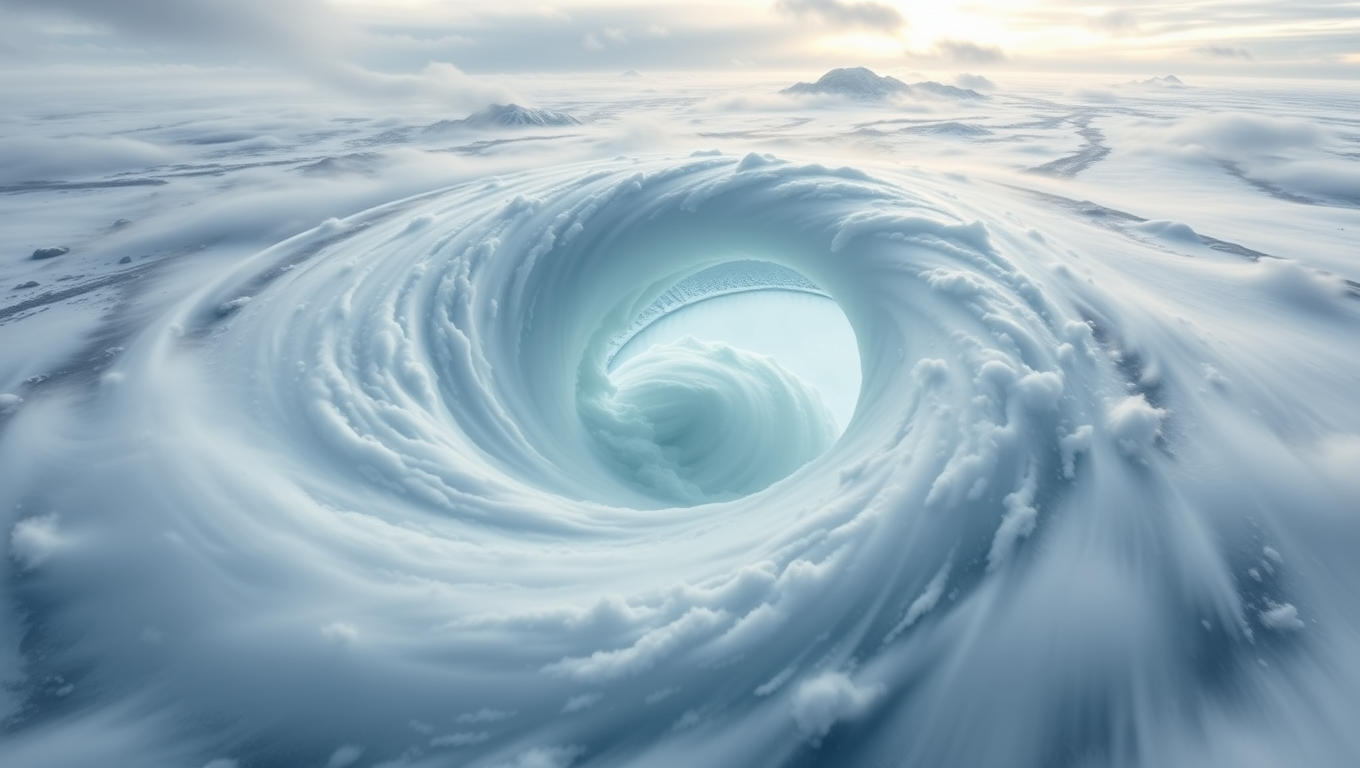
Atmosphere
Unpacking America’s Winter Puzzle: How the Stratosphere Shapes Extreme Cold Snaps
Even in a warming climate, brutal cold snaps still hammer parts of the U.S., and a new study uncovers why. High above the Arctic, two distinct polar vortex patterns — both distorted and displaced — play a major role in steering icy air toward different regions. One sends it plunging into the Northwest, while the other aims it at the Central and Eastern U.S. Since 2015, the westward version has been more common, bringing intensified cold to the Northwest in defiance of global warming trends. This stratospheric detective work offers fresh insight into extreme winter weather — and could supercharge long-range forecasts.
Climate
Melting Glaciers Awaken Earth’s Most Dangerous Volcanoes
As glaciers melt around the world, long-dormant volcanoes may be waking up beneath the ice. New research reveals that massive ice sheets have suppressed eruptions for thousands of years, building up underground pressure. But as that icy weight disappears, it may trigger a wave of explosive eruptions—especially in places like Antarctica. This unexpected volcanic threat not only poses regional risks but could also accelerate climate change in a dangerous feedback loop. The Earth’s hidden fire may be closer to the surface than we thought.
Climate
Uncovering Antarctica’s Slow Collapse: A New Era of Climate Adaptation
Long-lost 1960s aerial photos let Copenhagen researchers watch Antarctica’s Wordie Ice Shelf crumble in slow motion. By fusing film with satellites, they discovered warm ocean water, not surface ponds, drives the destruction, and mapped “pinning points” that reveal how far a collapse has progressed. The work shows these break-ups unfold more gradually than feared, yet once the ice “brake” fails, land-based glaciers surge, setting up meters of future sea-level rise that will strike northern coasts.
-

 Detectors3 months ago
Detectors3 months agoA New Horizon for Vision: How Gold Nanoparticles May Restore People’s Sight
-

 Earth & Climate4 months ago
Earth & Climate4 months agoRetiring Abroad Can Be Lonely Business
-

 Cancer4 months ago
Cancer4 months agoRevolutionizing Quantum Communication: Direct Connections Between Multiple Processors
-

 Agriculture and Food4 months ago
Agriculture and Food4 months ago“A Sustainable Solution: Researchers Create Hybrid Cheese with 25% Pea Protein”
-

 Diseases and Conditions4 months ago
Diseases and Conditions4 months agoReducing Falls Among Elderly Women with Polypharmacy through Exercise Intervention
-

 Albert Einstein4 months ago
Albert Einstein4 months agoHarnessing Water Waves: A Breakthrough in Controlling Floating Objects
-

 Chemistry4 months ago
Chemistry4 months ago“Unveiling Hidden Patterns: A New Twist on Interference Phenomena”
-

 Earth & Climate4 months ago
Earth & Climate4 months agoHousehold Electricity Three Times More Expensive Than Upcoming ‘Eco-Friendly’ Aviation E-Fuels, Study Reveals



